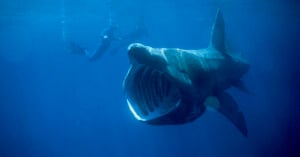
Shark Being Struck by Boat Caught on Camera for First Time
A camera attached to a basking shark has captured the first-ever recorded instance of the species being hit by a boat.

A camera attached to a basking shark has captured the first-ever recorded instance of the species being hit by a boat.
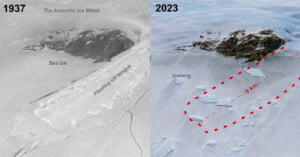
A forgotten set of aerial photos taken of East Antarctica has provided some rare good news about climate change showing that the glaciers there have stayed the same size and have even increased in some places.

New research could completely change how people use night vision technology.
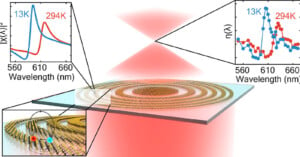
Scientists have created the thinnest optical lens ever made for camera systems. At just three atoms thick, the researchers believe it will be especially useful for future wearables like the now defunct Google Glass or Meta's RayBan smart glasses.
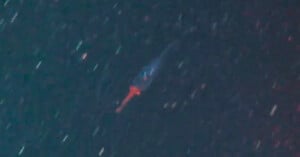
Scientists think they may have captured a colossal squid baby on camera -- potentially making it the first-ever footage of the elusive creature in the wild.

Sometimes, artificial intelligence feels so smart it's scary. But when it misses details that should feel obvious, AI feels like it still has a ways to go. Apple's researchers may have found a way to jump over one more hurdle.

A study by the University of Waterloo found that 40 percent of people surveyed couldn't distinguish between an AI-generated face and a real face.
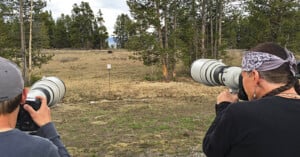
One of the biggest privileges of being a primatologist is spending time in remote locations with monkeys and apes, living near these animals in their habitats and experiencing their daily lives. As a 21st-century human, I have an immediate impulse to take pictures of these encounters and share them on social media.

Developed by researchers at the University of Singapore, AiSee is a discreet wearable that combines a 13-megapixel camera with a bone conductive speaker that is able to identify objects a wearer is holding and is meant to be especially useful for blind grocery shoppers.
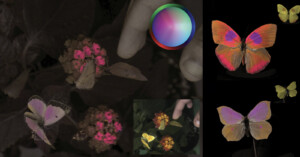
It's well understood that animals see differently from us humans, but visualizing those differences has proved challenging. However, a group of scientists from the UK and the US have developed a camera system that can accurately record animal-perceived photos and videos.

Much of the focus on the potential hazards of generative AI technology has understandably been on how it impacts artists and copyright ownership, and how it could affect people's jobs and wages. New research shows that the dangers of generative AI go much further and may be catastrophic for the environment.
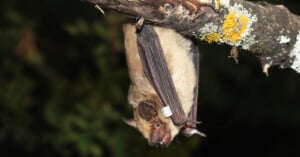
A church surveillance camera is believed to have captured the first-ever recording of mammals mating without intromission (the act of penetration).
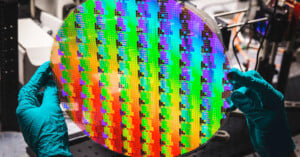
An international group of researchers has developed a metalens that is able to have its focal length changed and controlled using polarized light.

Developed by its research division, Samsung Gauss is a ChatGPT rival that will also be able to generate images and will be at the core of several on-device technologies that will surely debut in the company's next smartphone.
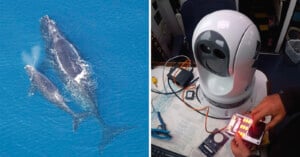
The North Atlantic right whale is among the most endangered whale species in the world. Per the International Fund for Animal Welfare (IFAW), fewer than 340 North Atlantic right whales are left. Given the relatively expansive range of North Atlantic right whales, researchers must utilize many different technologies to find and monitor whales, including thermal cameras.

Marc Tessier-Lavigne, who has been president of Stanford University for seven years, has resigned after proof that he digitally altered and falsified images in his research papers was revealed by a student journalist.

An international team of scientists has captured the first observational evidence showing that two planets can share the same orbit around a star.

In an attempt to experiment with the idea of using biological materials to store digital data, researchers have created a method where they were able to capture light patterns -- photos -- and store them onto DNA.

Researchers in Hawaii are using drone cameras to study the ages of dolphins in free-ranging groups to better understand their populations and therefore better inform conservation efforts.
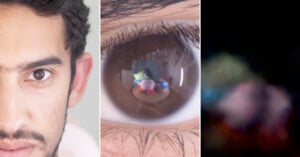
A research team from the University of Maryland has developed an artificial intelligence-powered (AI) method to reconstruct complex scenes and objects in 3D using only the reflections in a person's eye.

Researchers from The University of Texas at Austin have published a study that describes a brain-computer interface that can decode continuous language from non-invasive brain recordings. In other words, an interface that can decode someone's thoughts into a word sequence.

An international team of scientists has discovered three new underwater hydrothermal vents over a 434-mile-long stretch of the Mid-Atlantic Ridge that showcases a fascinating "city" that is teeming with life.
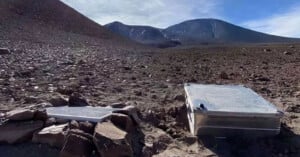
Researchers from the University of Sheffield in England have developed a relatively affordable sulfur dioxide (SO2) camera that may help predict volcanoes, providing essential warnings to nearby communities and facilitating earlier evacuation and preparation.
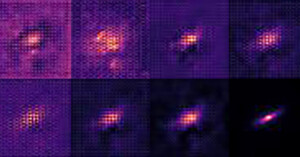
While vital to humanity's existence on Earth, the planet's atmosphere is a major nuisance for astronomers trying to learn more about what's beyond Earth. The cosmos would be much easier to study without the pesky atmosphere. Researchers at Northwestern University in Chicago and Tsinghua University in Beijing have unveiled a new artificial intelligence-powered approach to cleaning up images captured by ground-based telescopes.
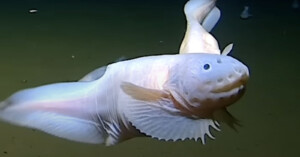
Researchers from the University of Western Australia (UWA) and scientists from Japan have recorded a fish swimming at a depth of more than eight kilometers (about five miles), setting a record for the deepest fish ever caught on camera.
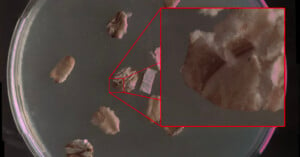
A group of researchers has created a new type of camera microscope that is able to capture gigapixel-scale images of extremely small subjects, allowing for a detailed and unprecedented view of life.
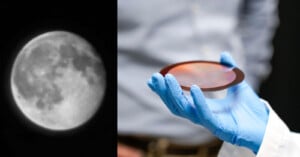
A Penn State-led research team has developed a flat, single-lens telescope that was able to capture clear images of the moon. Known as a metalens, it achieved far greater resolution and imaging distance than any metalens before it.
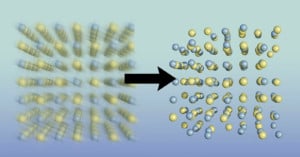
Researchers have created a new camera that features a shutter speed so fast, it can see atomic structures without blur.

Photography is a powerful tool in storytelling and scientific communication. But it can also cause harm when used unethically.
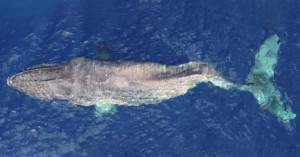
A humpback whale swam 3,100 miles (5,000 kilometers) with a broken back that was monitored with drone cameras.